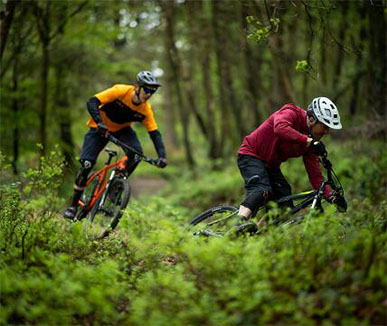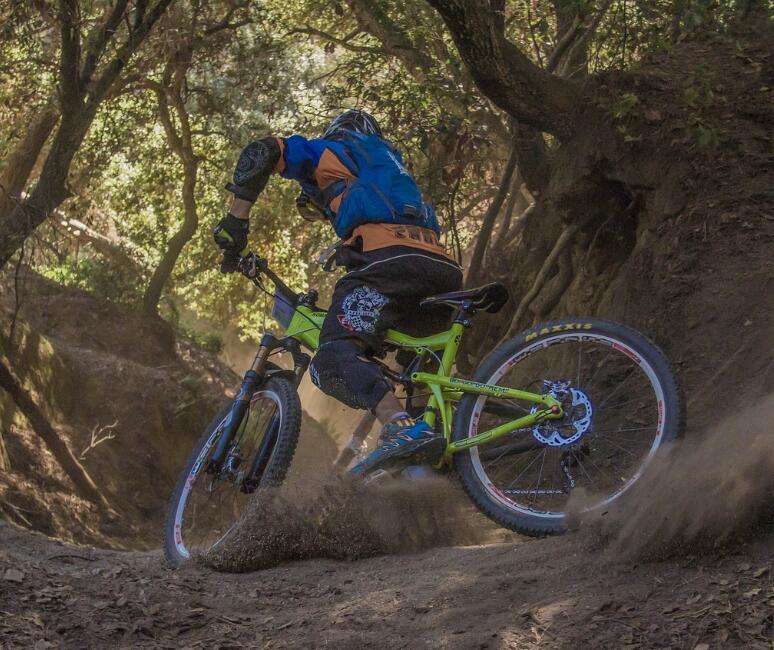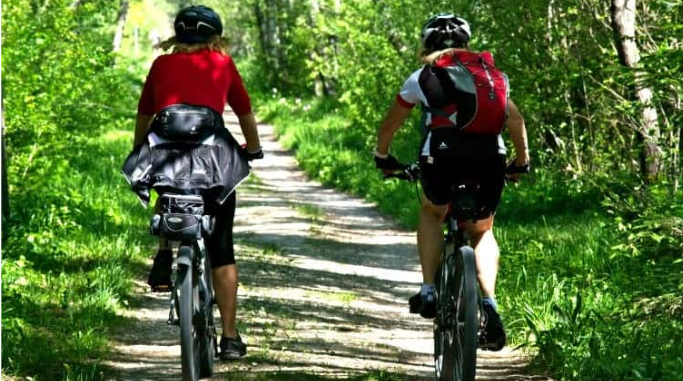When venturing into the exhilarating realm of off-road cycling, one might encounter a myriad of specialized bike types designed to tackle the rugged terrains and challenging trails that Mother Nature has to offer. Among these, trail bikes and mountain bikes stand out as two prominent categories, each tailored to specific riding preferences and terrains. While the terms are sometimes used interchangeably, it’s essential to understand the nuanced differences between trail bikes and mountain bikes to make an informed choice that matches your riding style and aspirations.

1. **Defining Trail Bikes and Mountain Bikes**
**Trail Bikes:** Trail bikes, as the name suggests, are bicycles optimized for tackling a variety of trails, encompassing a mix of climbs, descents, and technical features. They strike a balance between efficiency and capability, making them suitable for a wide range of terrain conditions. Trail bikes are often sought after by riders who aim to explore diverse trail systems without committing to a specific discipline.
**Mountain Bikes:** The term “mountain bike” serves as a broader category encompassing various subtypes designed for specific disciplines within off-road cycling, such as cross-country (XC), downhill (DH), and enduro. Mountain bikes are optimized for particular terrains and riding styles, making them well-suited for enthusiasts who are dedicated to a specific type of riding experience.
2. **Suspension Design and Travel**
**Trail Bikes:** Trail bikes typically feature a balanced suspension setup with moderate travel, ranging from 120mm to 150mm. This suspension design allows for efficient climbing while maintaining ample cushioning on technical descents and rough sections of the trail.
**Mountain Bikes:** Mountain bikes exhibit a more diverse range of suspension setups to cater to different disciplines. Cross-country bikes might have shorter travel (80mm to 120mm) to prioritize climbing efficiency, while downhill bikes can feature substantial travel (over 200mm) for absorbing intense impacts during high-speed descents.
3. **Geometry and Handling**
**Trail Bikes:** Trail bikes often boast a versatile geometry that strikes a balance between stability and agility. Their moderate head tube angles and longer wheelbases provide confidence-inspiring control on descents while allowing for nimble maneuvering through tight sections.
**Mountain Bikes:** Geometry varies widely across mountain bike subtypes. Cross-country bikes lean towards steeper angles for efficient climbing, while downhill bikes prioritize stability through slack head tube angles and extended wheelbases to handle steep descents at speed.
4. **Components and Build**
**Trail Bikes:** Components on trail bikes are selected to offer a well-rounded performance across various trail conditions. They often feature mid-range drivetrains, versatile tires, and dependable brakes that strike a balance between weight and durability.
**Mountain Bikes:** Component choices depend on the intended use of the bike. Cross-country bikes might have lightweight components for speed, while downhill bikes prioritize robustness and advanced suspension systems for tackling intense downhill tracks.
5. **Riding Environments**
**Trail Bikes:** These bikes are versatile enough to excel on a wide range of trails, making them ideal for riders who enjoy exploring different terrains and trail types.
**Mountain Bikes:** Different subtypes of mountain bikes excel in specific environments. Cross-country bikes are designed for endurance over varied terrain, while downhill bikes shine on steep and technical descents.
Conclusion
In the world of off-road cycling, the distinction between trail bikes and mountain bikes lies in their design focus, suspension characteristics, geometry, and intended riding styles. Trail bikes cater to riders seeking versatility and adaptability across diverse trails, while mountain bikes encompass various specialized types optimized for specific terrains and riding disciplines. By understanding these differences, cyclists can confidently choose the perfect companion for their off-road adventures, whether it’s the winding trails of the backcountry or the adrenaline-pumping rush of downhill descents.
We hope you found this guide helpful and informative. At Loicycle, our goal is to produce high-quality high-performance bicycles. To learn more about the high-performance, custom-sized folding bikes we build, visit our homepage! https://www.loicycle.com/
If you want to know more, click here
Mobile/Whatsapp: 86-13820747313
Company email:sales@loicycle.com


